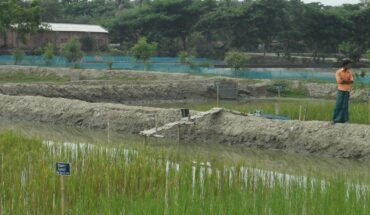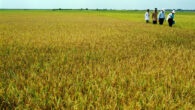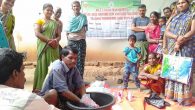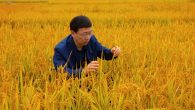Bangladesh is ranked among the top 10 most climate-vulnerable countries in the world. Therefore, finding a resilient crop and cropping system is the top priority for food security and improved livelihood of the climate-vulnerable communities of the coastal zone. ...
TRENDING Topics

















